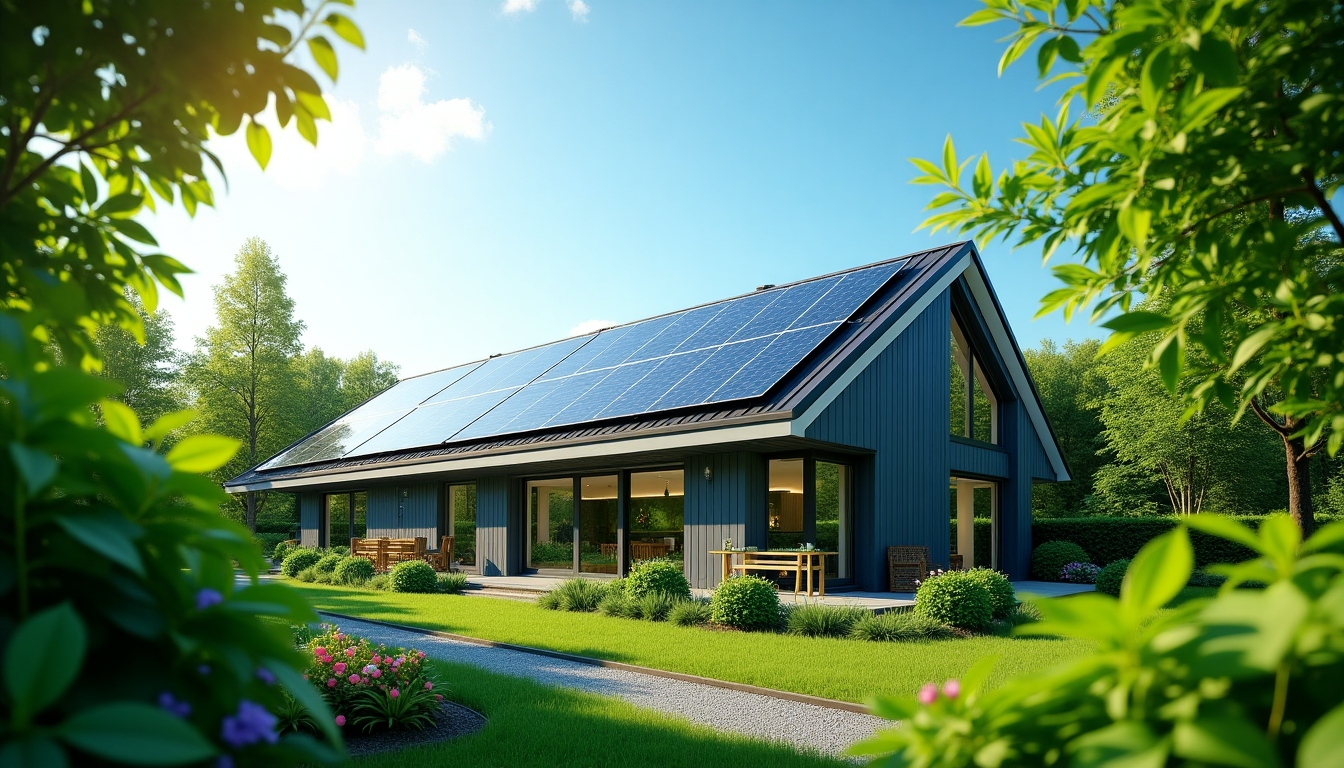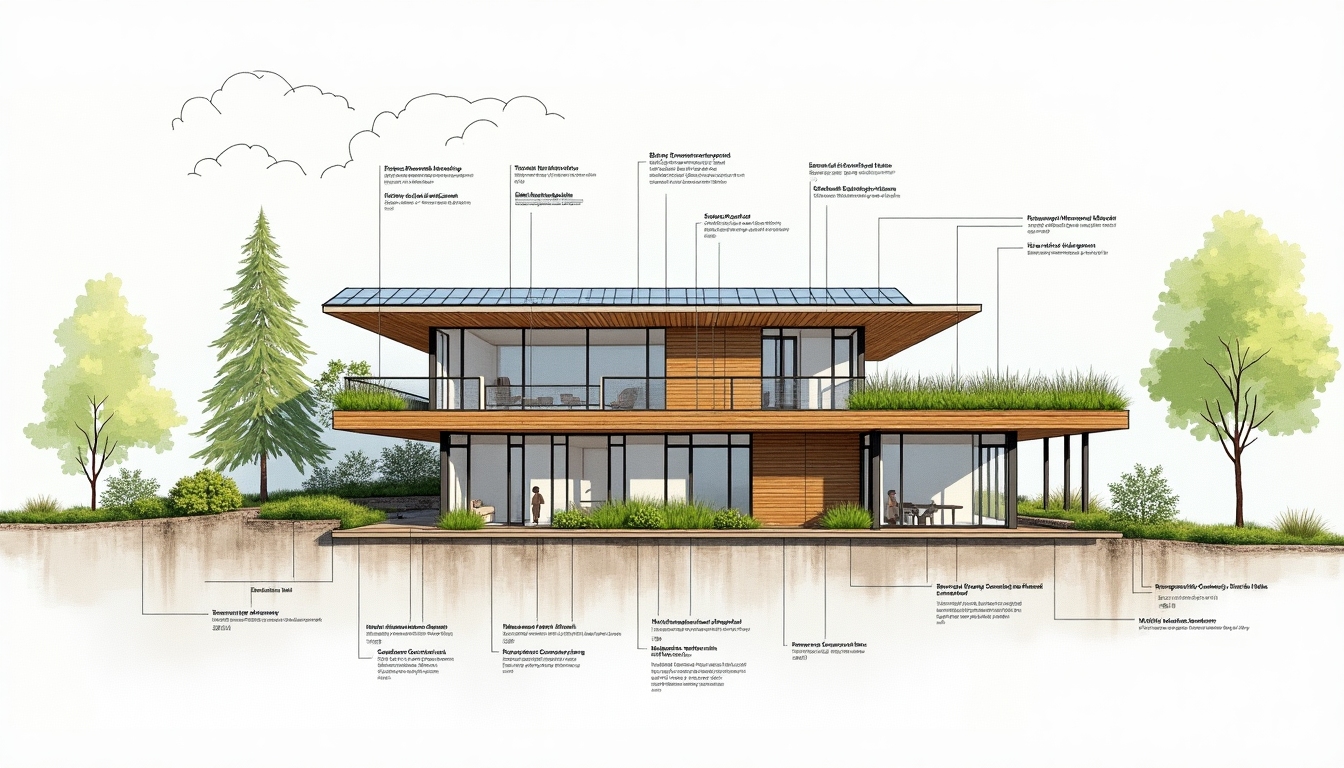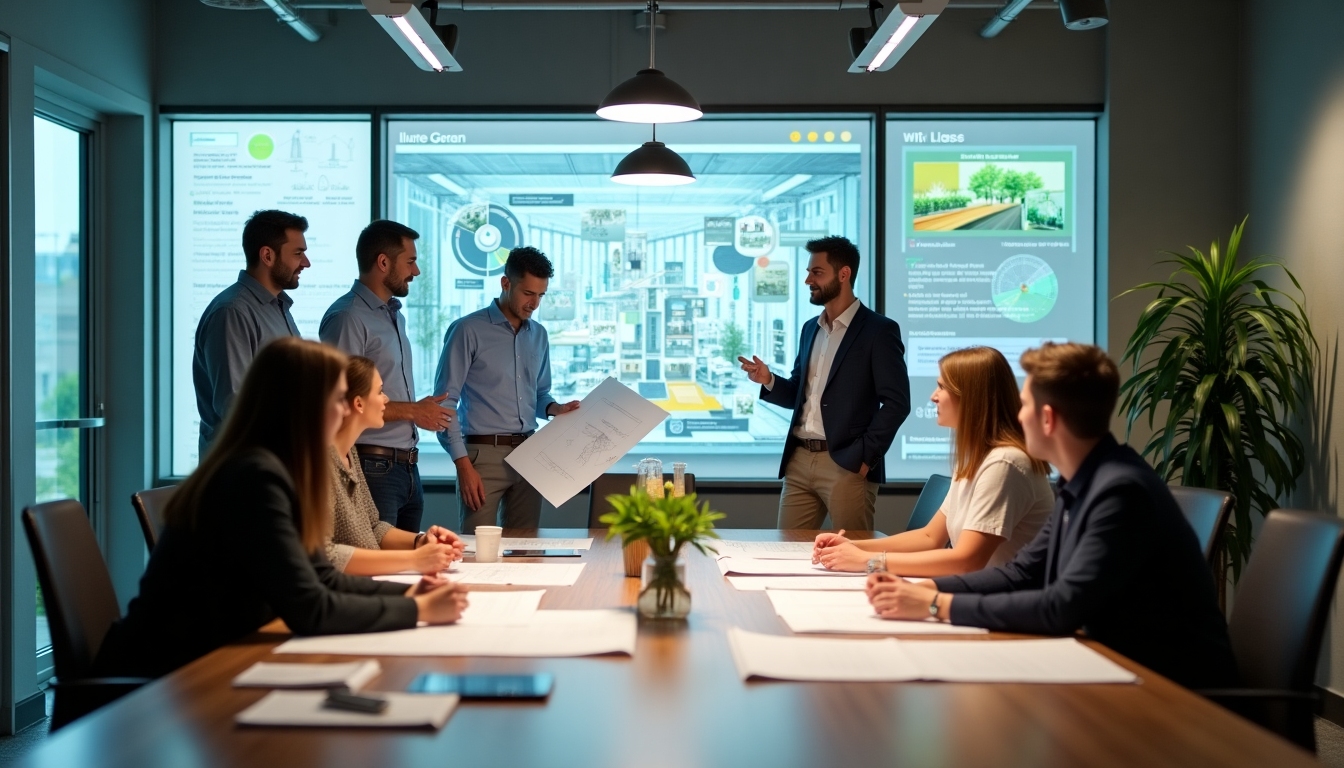How to Meet Building Codes for Green Buildings Effectively
Building sustainable structures is becoming a core priority for many developers. Understanding how to meet building codes for green buildings is crucial in this shift. Whether you are a developer, architect, or simply a sustainability enthusiast, this guide will walk you through the essentials of compliance, design, and implementation of green building codes.
Understanding Green Building Codes
Before diving into the specifics, it's important to understand what green building codes entail. These are regulations developed to ensure buildings meet certain sustainability and energy efficiency standards. Complying with these codes is not just about ticking off a checklist; it's about integrating environmental responsibility into every phase of construction.
Key Areas of Focus:
- Energy Efficiency: Ensuring that the building uses a minimal amount of energy through innovative design and technology.
- Water Conservation: Implementing systems that reduce water consumption.
- Sustainable Materials: Using materials that have a low environmental impact.
- Indoor Environmental Quality: Enhancing occupant comfort and health through design.
Adhering to these areas not only helps to fulfill building codes but also contributes to long-term sustainability.

Meeting Building Codes: Step by Step
- Research and Understand Local Codes
-
Building codes vary not only by country but also by region. It's essential to start by researching and understanding the specific requirements in your area. Local government websites or the municipality's office are good resources.
-
Foundation Design
-
Begin with solid foundation design, which is critical for both structural integrity and sustainability. Use eco-friendly materials such as recycled steel or fly ash concrete which reduces the carbon footprint.
-
Incorporate Renewable Energy
-
Install solar panels or wind turbines. These not only help in meeting energy efficiency codes but also reduce long-term costs.
-
Water Efficiency Tactics
-
Implement low-flow plumbing fixtures and rainwater harvesting systems. These strategies are simple yet effective in reducing water usage.
-
Sustainable Material Selection
- Choose materials with life-cycle sustainability in mind. Recycled, reclaimed, or responsibly-sourced materials are ideal choices.

Personal Insights and Experiences
After working on several green building projects, I can assert that flexibility in design and a willingness to innovate often spell the difference between "meeting norms" and "setting benchmarks." For instance, one of my projects involved retrofitting an old warehouse into a green office space. By employing energy-efficient lighting and HVAC systems, and choosing FSC-certified wood for renovations, we not only met building codes but received commendations for exceeding them.
Practical Tips for Success
- Stay Updated on Technologies: Technologies are evolving rapidly in the green building sector. Keeping abreast of the latest developments can give your project a significant advantage.
- Collaborate with Experts: Don't hesitate to bring in consultants who specialize in green buildings. Their expertise can streamline your journey to compliance.
- Engage with the Community: Often, local communities may have insights or resources that can support a project. Community engagement also fosters goodwill and support for your efforts.






